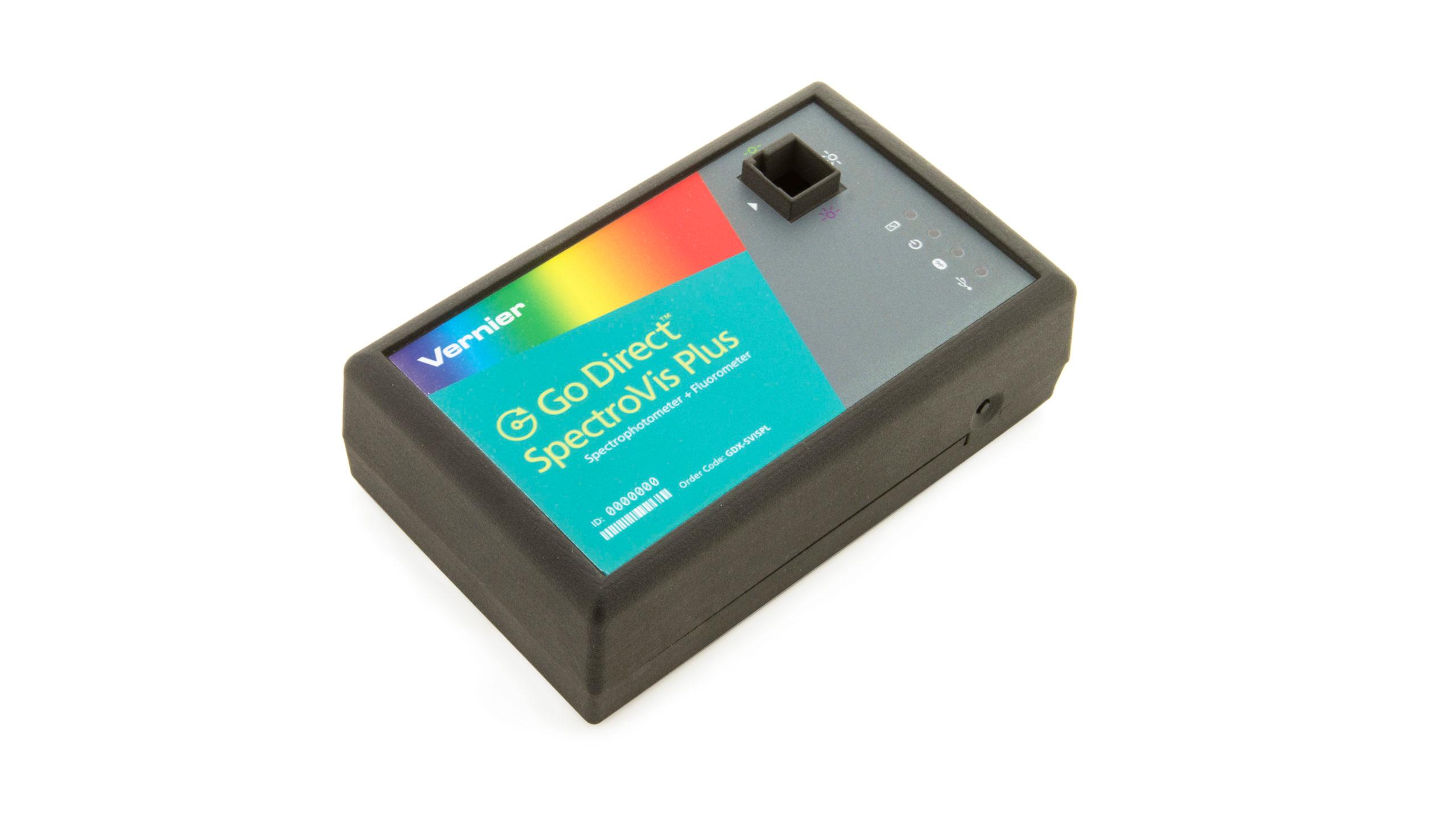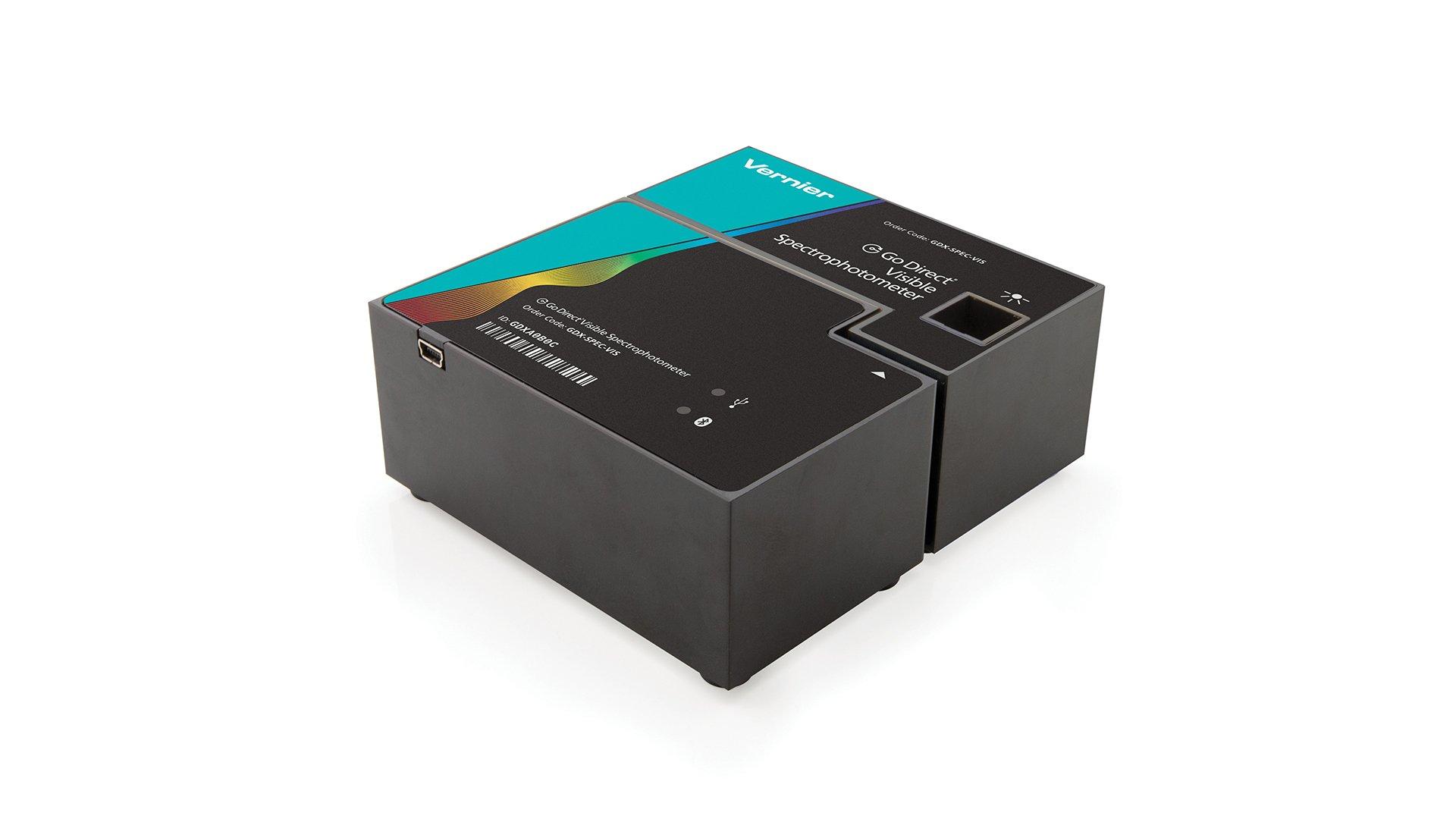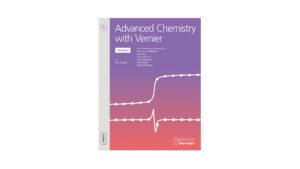Introduction
Chemical reactions occur to reach a state of equilibrium. The equilibrium state can be characterized by quantitatively defining its equilibrium constant, Keq. In this experiment, you will determine the value of Keq for the reaction between iron (III) ions and thiocyanate ions, SCN–.
The equilibrium constant, Keq, is defined by the equation shown below.
To find the value of Keq, which depends only upon temperature, it is necessary to determine the molar concentration of each of the three species in solution at equilibrium. You will determine the concentration by measuring light that passes through a sample of the equilibrium mixtures. The amount of light absorbed by a colored solution is proportional to its concentration. The red FeSCN2+ solution absorbs blue light, thus the Colorimeter users will be instructed to use the 470 nm (blue) LED. Spectrometer users will determine an appropriate wavelength based on the absorbance spectrum of the solution.
Objectives
In this experiment, you will
- Prepare and test standard solutions of FeSCN2+ in equilibrium.
- Test solutions of SCN− of unknown molar concentration.
- Determine the molar concentrations of the ions present in an equilibrium system.
- Determine the value of the equilibrium constant, Keq, for the reaction.
Sensors and Equipment
This experiment features the following sensors and equipment. Additional equipment may be required.
Option 2
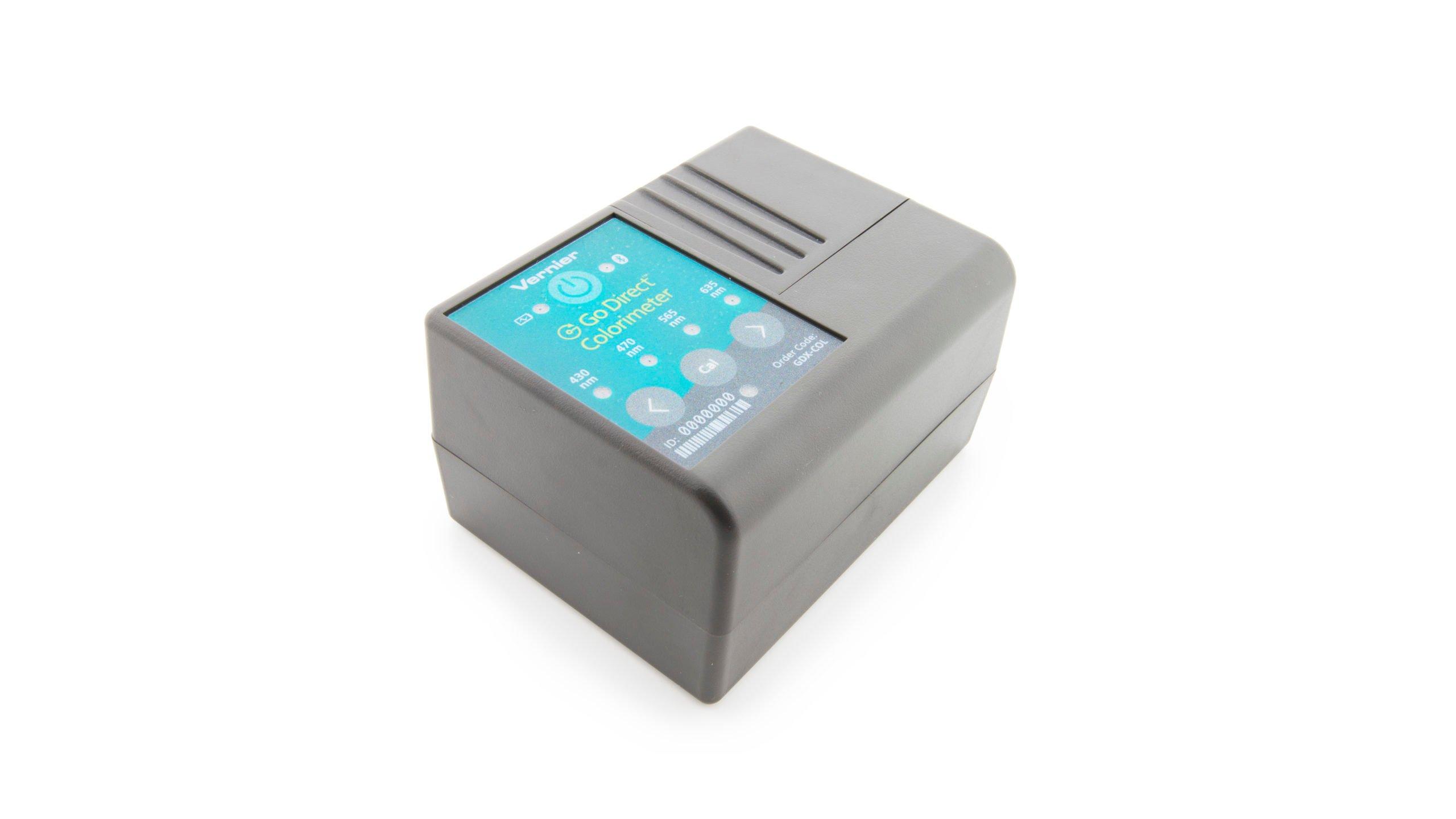
Option 3
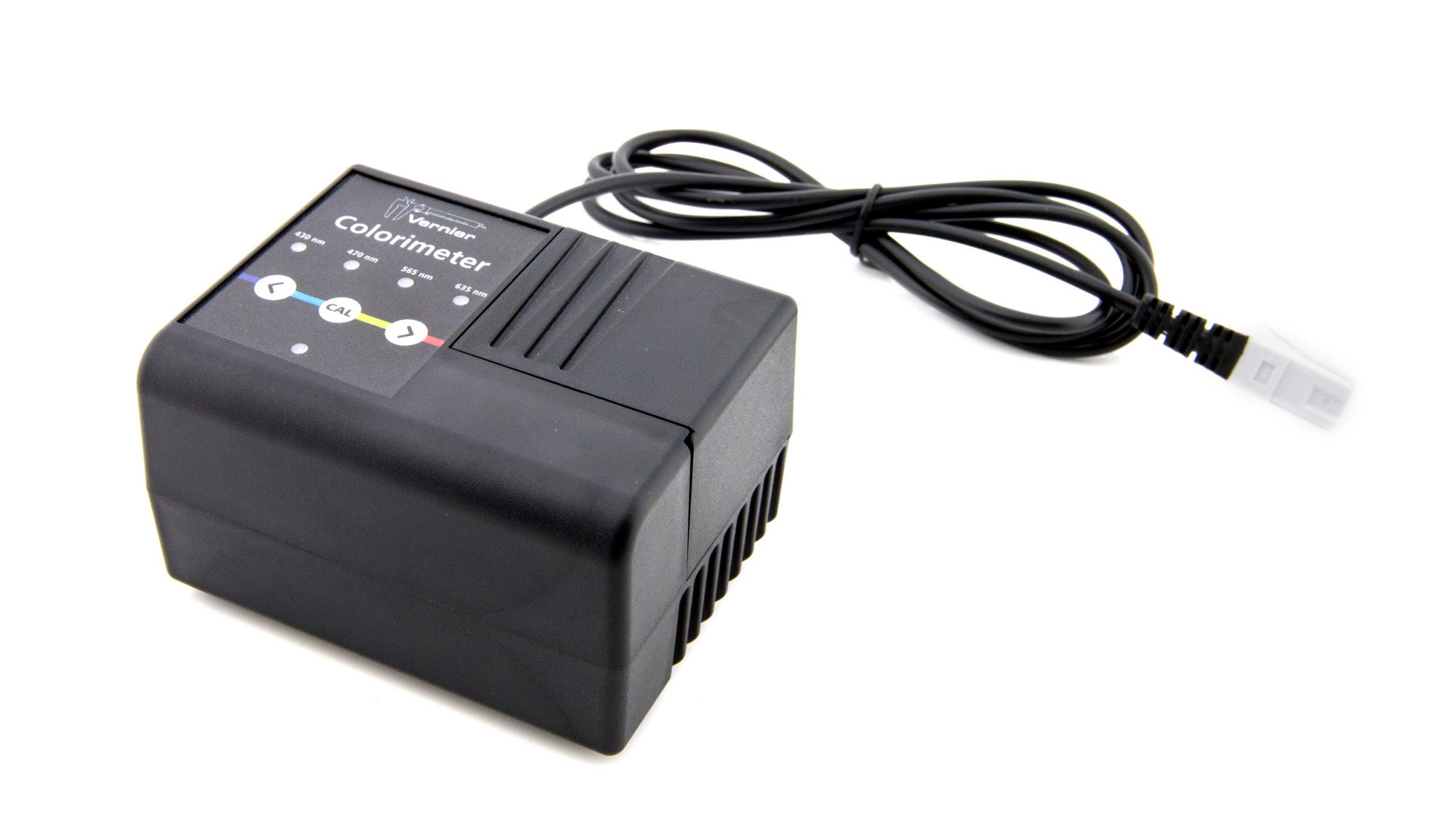
Ready to Experiment?
Ask an Expert
Get answers to your questions about how to teach this experiment with our support team.
- Call toll-free: 888-837-6437
- Chat with Us
- Email support@vernier.com
Purchase the Lab Book
This experiment is #10 of Advanced Chemistry with Vernier. The experiment in the book includes student instructions as well as instructor information for set up, helpful hints, and sample graphs and data.

